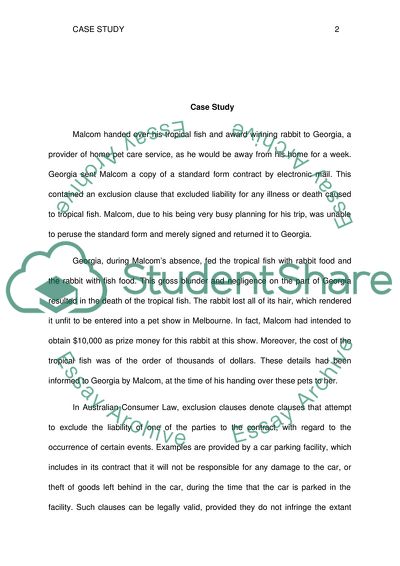Cite this document
(Australian Law Case Study Example | Topics and Well Written Essays - 1500 words, n.d.)
Australian Law Case Study Example | Topics and Well Written Essays - 1500 words. https://studentshare.org/law/1780559-australian-law-case-study
Australian Law Case Study Example | Topics and Well Written Essays - 1500 words. https://studentshare.org/law/1780559-australian-law-case-study
(Australian Law Case Study Example | Topics and Well Written Essays - 1500 Words)
Australian Law Case Study Example | Topics and Well Written Essays - 1500 Words. https://studentshare.org/law/1780559-australian-law-case-study.
Australian Law Case Study Example | Topics and Well Written Essays - 1500 Words. https://studentshare.org/law/1780559-australian-law-case-study.
“Australian Law Case Study Example | Topics and Well Written Essays - 1500 Words”. https://studentshare.org/law/1780559-australian-law-case-study.


